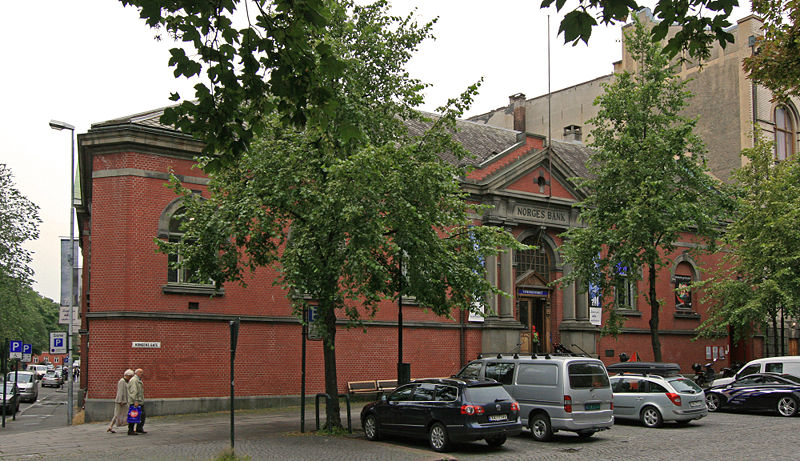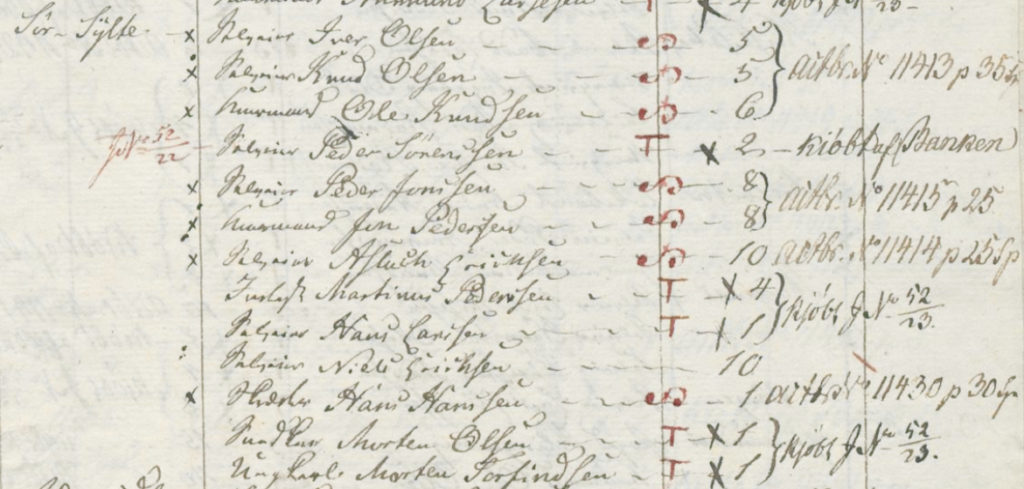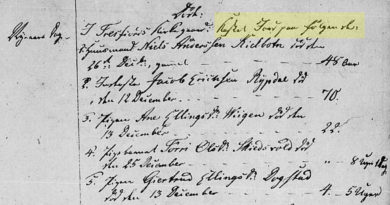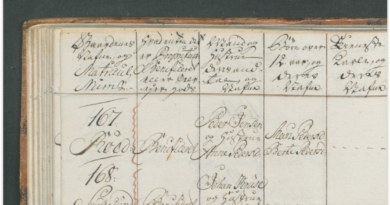#52 ancestors: Taxes
I am a little behind in my writing and this theme in the “52 ancestors in 52 weeks challenge” is from a couple of weeks ago.
The theme “Taxes” gives me the opportunity to look at a tax that was collected in 1816. It is called “Sølvskatten” → the silver tax, as it initially was supposed to be paid in silver.
In 1814 Norway declared itself independent from Denmark. We got Our own constitution (Grunnlov), but ended in a union with Sweden. This was a personal union of the separate kingdoms of Sweden and Norway under a common monarch and common foreign policy that lasted from 1814 until its amicable and peaceful dissolution in 1905 (Wikipedia).
At this time the national finances were in poor condition, partly because Norway, forced by the union with Denmark, fought on the loosing side in the Napoleonic war. During this war the Norwegian merchant navy, one of the cornerstones in Norwegian economy, were dealt a hard blow.
To restore the confidence in the Norwegian economy, it was decided to establish a Norwegian National Bank (Norges Bank). No matter outcome of the Napoleonic war, I think this bank would have been established anyway, as part of the process of forming Norway into an independent state.
It was first attempted to establish the bank by voluntary deposits. As this did not work out, a compulsory tax was put in place. As with all taxes, this was not a popular decision.
The bank’s headquarter was initially in Trondheim, but was moved to Oslo in 1906.
 The building of Norges Bank in Trondheim By Jensens [Public domain], from Wikimedia Commons
The building of Norges Bank in Trondheim By Jensens [Public domain], from Wikimedia Commons
As the 1816 tax was based on the household’s wealth (formue) only the heads of the households are listed.
We can access the tax from this location in Digitalarkivet. The taxrecords are transcribed and we can search them. We can also look at the scanned images of the records. The Silvertax→”Sølvskatten 1816″ can not be considered a main source, but can be used to support other information that we got, e.g. to confirm a person’s presence at a farm. It normally don’t give the age of the persons listed, neither does it tell anything about the relationship between them. Only a few women are included.
As we can see, the administrative units of the records are based on the old names of the counties. It can therefore be smart to go to the “Geography” tab in the left column and choose the location we want to look at.
The goal was to collect 2 million Speciedaler as primary capital for the National Bank. The government (Stortinget) decided the amount each county were to pay. It is not known for sure what these amounts were based on. It is believed that it to some extent were based on the taxvalue (matrikkelskyld) of the farms. In the different counties/courtdistricts commissions decided how the tax should be paid. The tax (deposits) were divided in different ways in the different counties. In some counties/courtdistricts the tax was divided between all the households, while in other counties/courtdistricts only the wealthiest were required to pay. This means that not all the households in Norway are registered in the taxrecords.
Here are one of my ancestors who was registered in the tax:
Hans Hanson Sør-Sylte (born 1788) lived in Tresfjord, Møre og Romsdal. He was a cotter and trained tailor and had to pay 1 Speciesdaler.
As a comparison Aslach Erichsen and Niels Erichsen who owned their parts of Sør-Sylte farm had to pay 10 Speciedaler each.
Silvertax 1816 no. 48: Romsdal amt, Romsdal fogderi, 1816

Sources:
Peter Vogt “Beslutning av Rigets ordentlige Storthing, ang. de til Rigsbanksedlernes Indløsning paalagte Skatters og det tvungne Bankindskuds Fordeling…”, 29. juni 1816, i Love, Anordninger etc. ved , 1. bind” Christiania 1817.
Pengehistorie – Norges banks historie. Norges Bank, Oslo 1989





